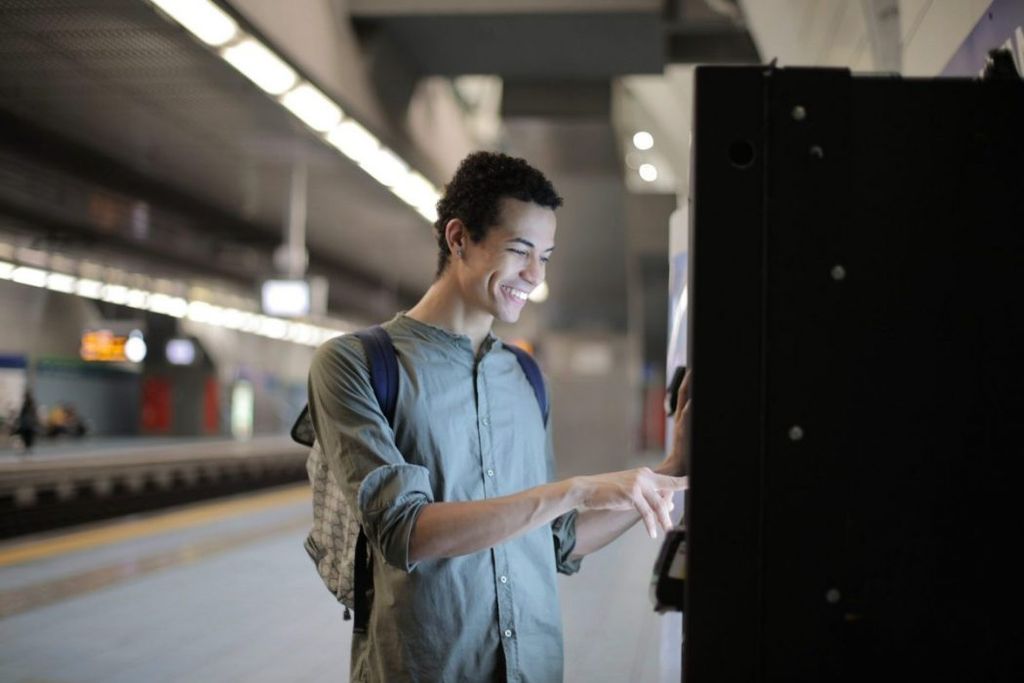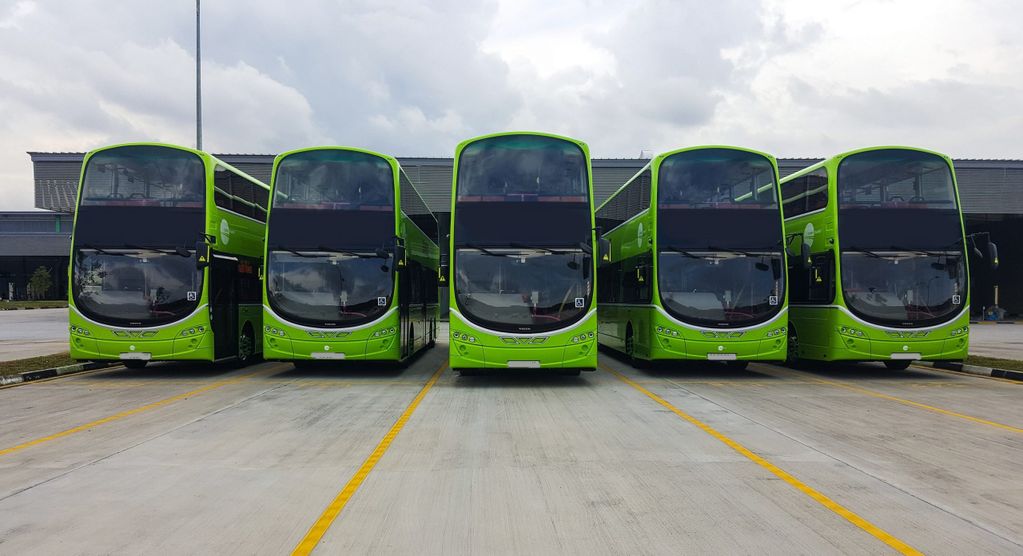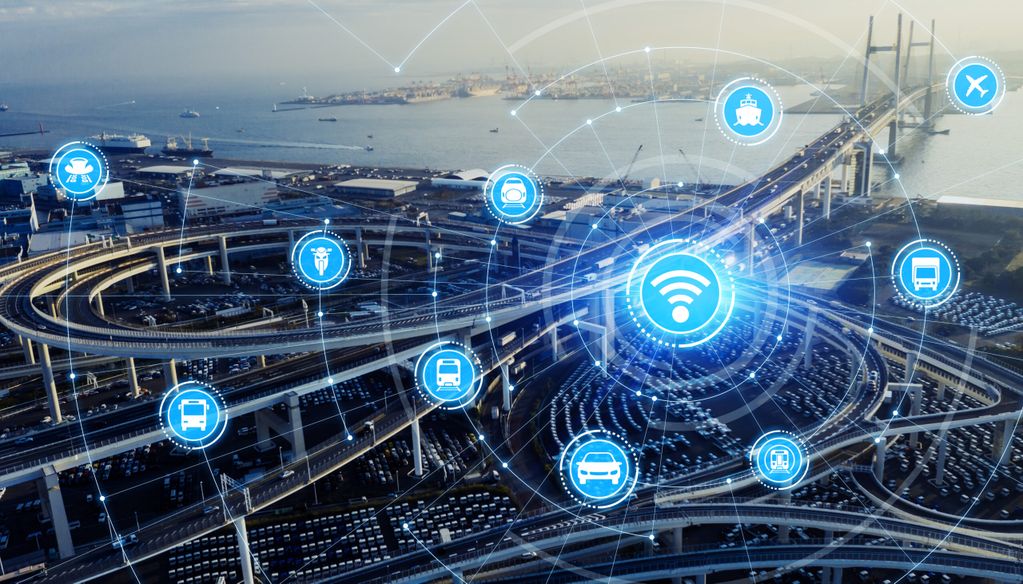
Ticketing and payment: The gateway to mobility
Taking a dive into the murky waters of ticketing and payment
What was once a simple system of choosing a tariff scheme, technology, and supplier for the ability for passengers to buy a ticket has completely changed over the past 20 years. In the push to improve passenger experience and ensure the best mobility offer as a real alternative to private individual transport, there has been an explosion of ticketing and payment innovations and this has left operators baffled as to what is the most suitable solution for them: Closed-loop vs open-loop, card-centric vs system-centric, account-based ticketing, open payments, SIM-centric mobile ticketing, NFC, HCE, Secure Element, beacons, QR codes and so on…
If, like us, this leaves you feeling a little dizzy then you’re in the right place. Our Report, Demystifying ticketing and payment in public transport, dives deep into the murky waters of ticketing and payment. We give readers the opportunity to understand the current landscape of ticketing and payments, the different technologies and solutions on the market, and to look ahead to relevant emerging trends in the mobility sector.
Reports like this one require in-depth knowledge and dedication. Our ambition was to carry out a complete work, illustrating technologies, solutions and market landscape of ticketing and payment. It is a state-of-the-art comprehensive guide and insightful paper, exploring future evolutions and trends. I am sure that the public transport sector will appreciate the valuable contribution coming from our members.
The gateway to mobility
Ticketing exists due to the need to establish a contract of payment between passengers and transport operators. Yet growing urbanisation, rising customer expectations and the clear trend towards digitalisation has created the perfect storm to improve the way such transactions go ahead. Ticketing is no longer a simple part of the public transport experience; it is the gateway to mobility and the freedom for all to move about. With emerging models such as Mobility as a Service (MaaS), account-based systems can connect movement in a region with new opportunities for reward programmes, loyalty towards preferred modes and access to recreation, commerce and employment. It supports the transport sector in the goal to providing a real alternative to private individual transport.
Convenient and simple ticketing is one of the key elements in making public transport more attractive. Virtual bank cards, smart wearables; these are the payment means of the future. Cross-border interoperability through global payment standards and simplistic pay-as-you-go fare structures will become a norm for public transport ticketing. However, it is important to keep innovating and bringing new technologies and business models forward – this is how we can ensure the future stays bright for transport ticketing!
A key topic at IT-TRANS
Ticketing and payments are key topics currently being discussed at IT TRANS, which is now into its second day. For those who are attending the event, make sure to join the session Future of Ticketing 2.0 for a chance to hear from the industry leaders. And don’t forget to explore the exhibition and speak directly with over 260 exhibitors!
exclusive resources







